Whether you want to keep your New Jersey home warmer in the winter and cooler in the summer or lower your electric bill, installing energy efficient features and appliances can help you achieve these goals. Here are six energy efficient features that will enhance the comfort of your home.
ENERGY STAR and Smart Appliances
ENERGY STAR appliances are easily identifiable by the blue and white stickers prominently affixed to them. In order to receive the ENERGY STAR designation, washers, dryers, dishwashers, oven, microwaves, air conditioners and water heaters must meet or exceed federal standards for quality and efficiency.
In addition to glancing at the ENERGY STAR sticker, take a look at the yellow and black EnergyGuide label on appliances. The guide displays average yearly operating costs and electricity consumption, which can help make your buying decision easier.
Smart appliances also help decrease energy usage. These appliances can be controlled by your smartphone and offer built-in energy savings. Some smart appliances even delay energy-intense activities, such as the refrigerator defrost cycle, until the overnight hours when demand for electricity is less.
Position and Landscaping
The direction your house faces can play a role in reducing your heating and air-conditioning bills. For example, your home will be warmer in the winter if it faces south. A southern-facing helps warm your home naturally, thanks to increased sun exposure. As a result, your heating system won’t have to work quite as hard.
Landscaping also helps reduce energy usage. Although a southern lot increases sun exposure, that exposure can be a disadvantage when temperatures soar into the 80s and 90s. Fortunately, placing a few shade trees near the south and west walls of your home will help shade it and keep it cooler. Trees also buffer wind and help reduce soil erosion.
Insulation and Construction Techniques
Older homes are notoriously drafty due to two factors: poor insulation and air leaks. Even small openings around pipes, ducts or wires can affect the temperature of your home. Thanks to tight construction techniques used by new home builders, spaces that can cause drafts are minimized. Tight construction, combined with higher quality insulation, keeps your home more comfortable and eliminates small gaps responsible for air leaks.
Improved Doors and Windows
Poorly insulated windows and doors let hot air enter in the summer and cause drafts that chill your home in the winter. Although leakage was unavoidable with older doors and windows, today’s models are designed to be much more energy efficient. When you shop for doors and windows, consider:
- U-factor: U-factor measures the rate of heat loss. Lower values are better and are a sign that the window can resist heat flow.
- Solar Heat Gain Coefficient (SHGC): Windows that have a low SHGC number do a better job of blocking heat produced by the sun.
- Frame Type: Aluminum, the cheapest frame type, is also the least efficient. Better choices are fiberglass, wood or multi-chambered vinyl frames.
- Glass Features: Double- and triple-pane glass improve insulation, while glass coated with a low-emissivity (Low-E) coating do a better job of reflecting the sun’s rays.
- Insulated Core: Fiberglass and steel doors are often a better choice than wood doors. The doors contain insulated cores that enhance that prevent heat loss.
Energy Efficient Lighting
Lighting accounts for 20 percent of your electricity bill, according to New Jersey’s Clean Energy Program. When you use an ENERGY STAR-qualified light emitting diode (LED) light bulbs, you can reduce your usual energy consumption by as much as 75 to 80 percent. LED lights aren’t affected by temperature extremes, are available in dimmable models and last 50,000 hours or longer. In contrast, compact fluorescent bulbs only last about 10,000 hours, while incandescent bulbs burn out after just 1,000 to 2,000 hours.
Dual-Zone Heating Systems and Smart Thermostats
Dual-zone heating systems allow you to maintain two entirely different temperatures in your home. During the day, you may want to keep the rooms you use most often, such as the great room or kitchen, a little warmer than the bedrooms. When you have a dual-zone system, it’s easy to keep both zones at the temperatures you prefer. Smart thermostats are not only programmable, but some also learn your preferences and automatically lower or raise the temperature based on your habits and schedule.
Have you been looking for a new home that incorporates energy efficient features? Country Classics homes consist of many features that will reduce your utility bill and increase your comfort. Contact us to learn how you can build the perfect home to satisfy your needs and budget.
Sources:
Energy.Gov: Shopping for Appliances
https://energy.gov/energysaver/appliances-and-electronics/shopping-appliances
New Jersey’s Clean Energy Program: Energy Efficient Lighting
http://www.njcleanenergy.com/residential/programs/energy-efficient-products/lighting
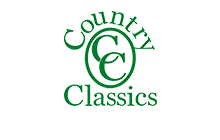

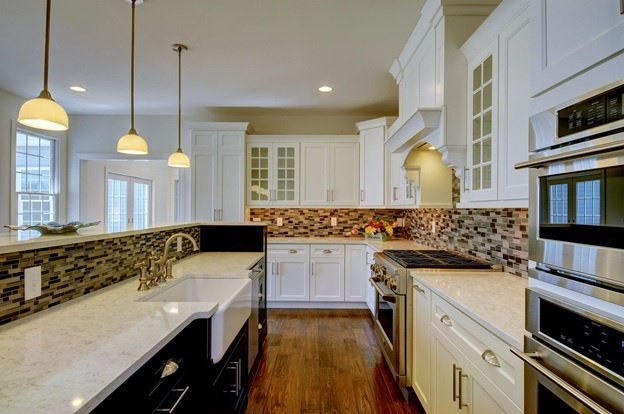

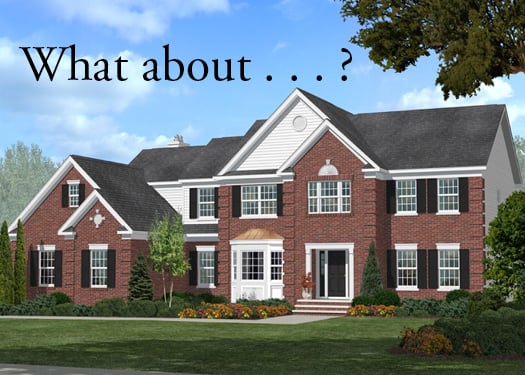
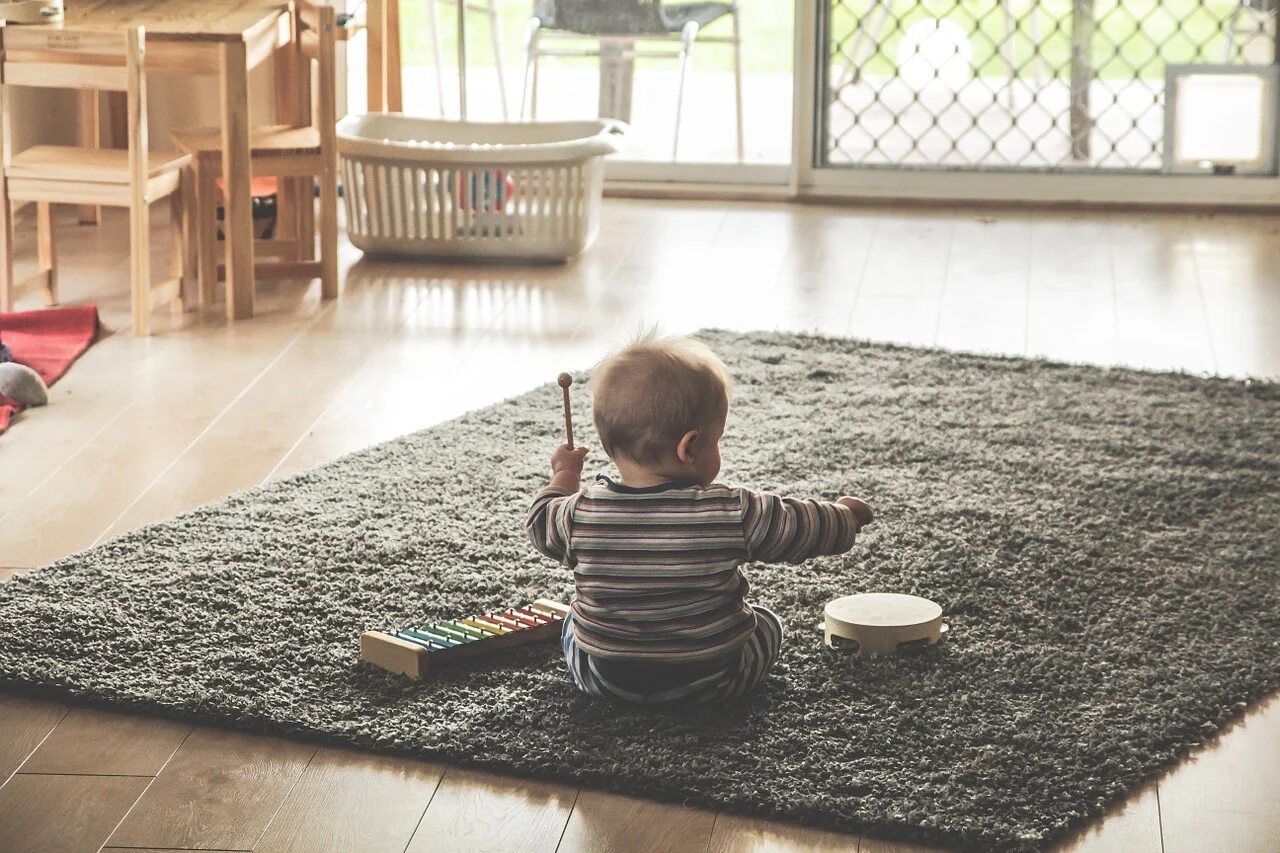
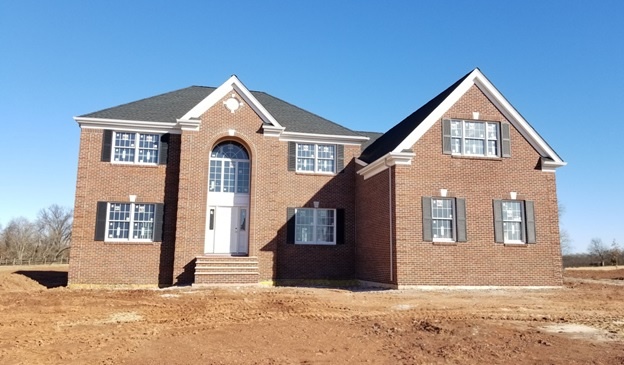










Leave a Comment